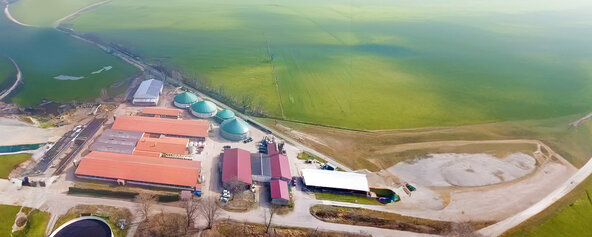
Farmer Jörg Stottmeister is firmly behind making changes to his farm in the name of climate protection. He tried out several measures in the past which proved beneficial but felt there was room for improvement, as is the case on many other farms in Germany. Targeted measures and technical innovation can help many to further slash their greenhouse gases and become more efficient. Stottmeister managed to improve his farm’s carbon footprint by around 6 % in his first year, by applying a range of methods.
Low-N maize
Growing low-N maize keeps yields stable while reducing nitrogen fertilization by 30 %. Cutting nitrogen in cultivation saves greenhouse gas emissions. In a further benefit, this variety of maize is particularly resistant to drought stress. With runner beans as well, this is additional protein and boosts biodiversity in the fields. Also, legumes like beans fix nitrogen from the air. In terms of greenhouse gas emissions, planting the two proved 10 % better compared to conventional maize.

Catch crops
Some farms in Germany regularly cultivate catch crops, to cut down on nutrient leaching after the main crop, but there is room for improvement here, too. Alongside maintaining and improving soil structure and life, the build-up of humus binds carbon in the form of soil carbon.
